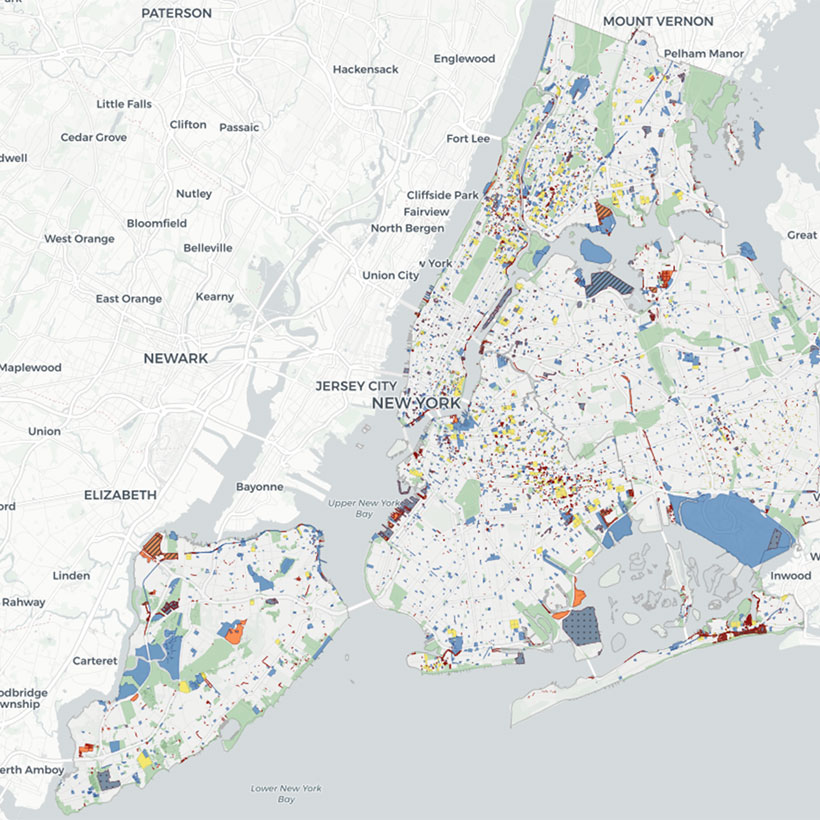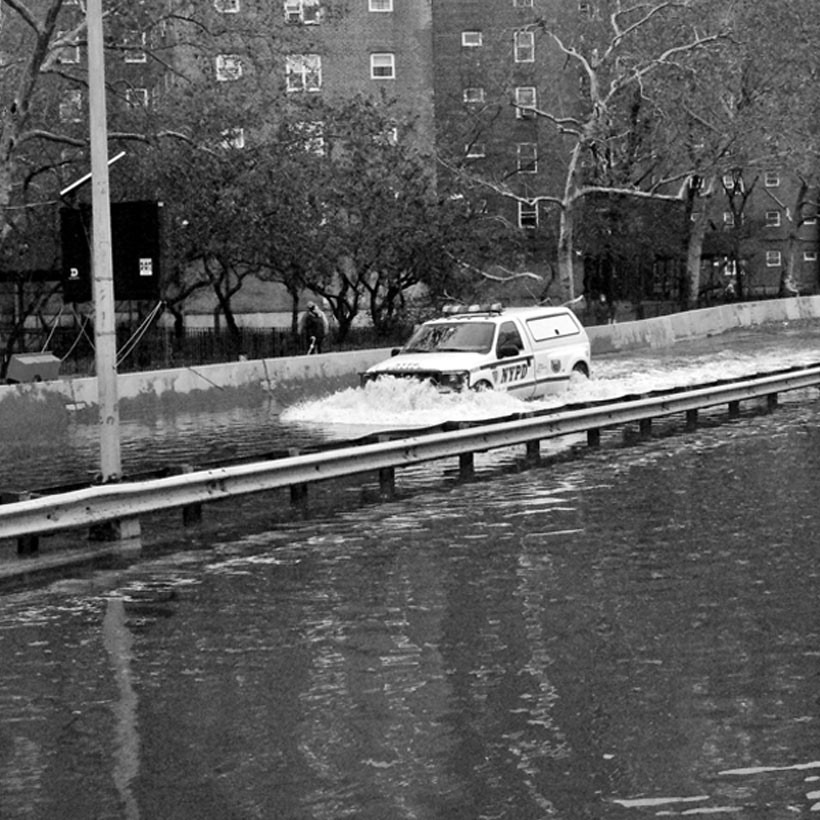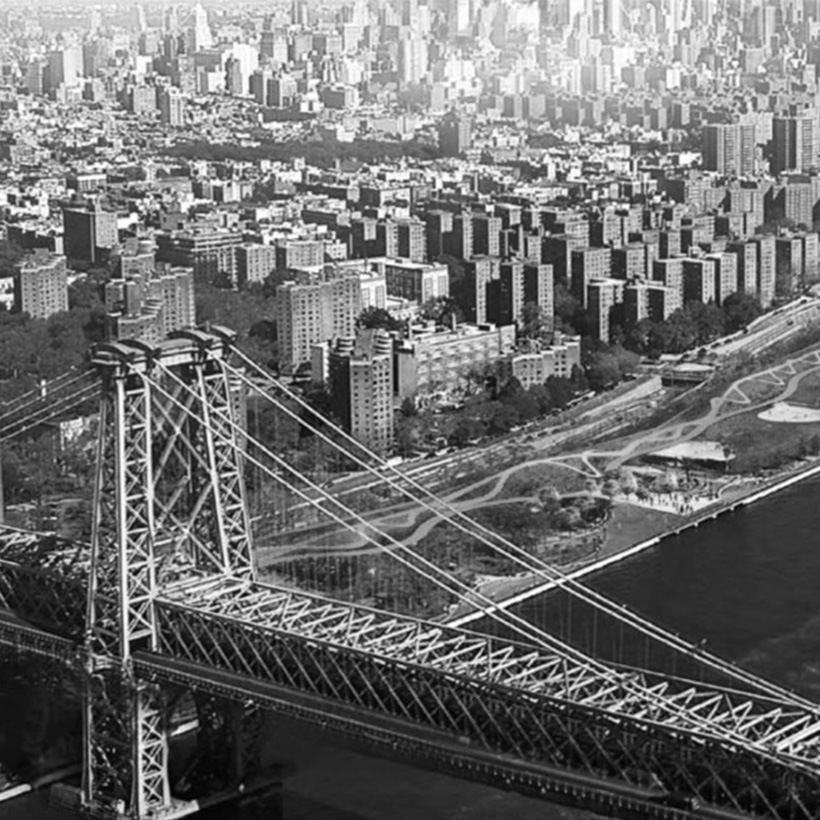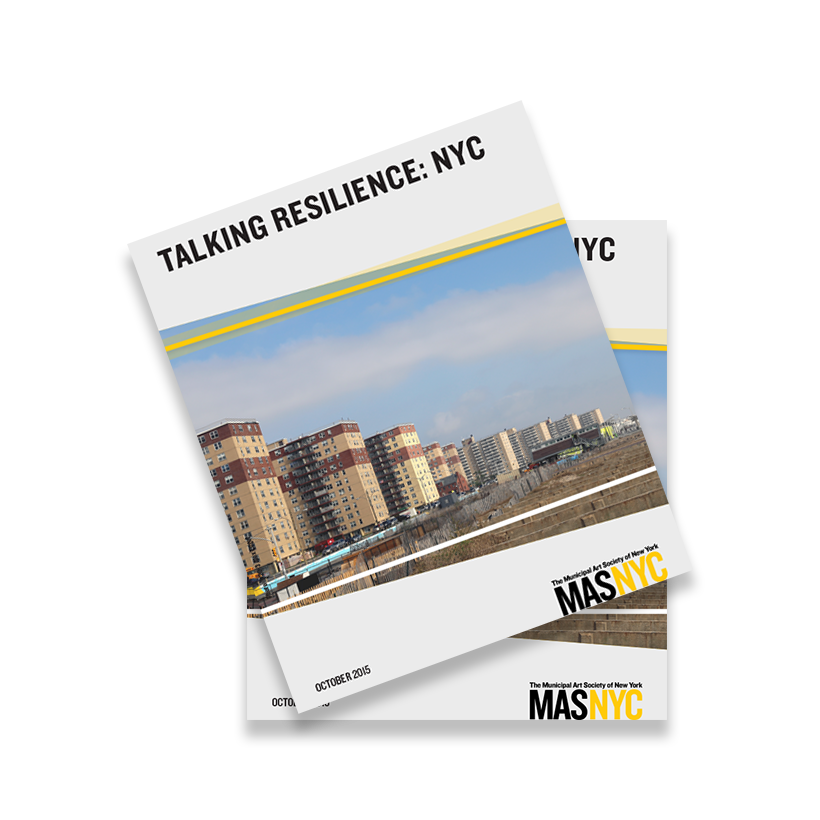Coastal Flood Resiliency Plan Must Address Interrelated Issues like Equity
Comments to the City Planning Commission
The Municipal Art Society of New York (MAS) recognizes the Department of City Planning’s (DCP) Zoning for Coastal Flood Resiliency (ZCFR) text amendment as a necessary step toward making the city more resilient in the face of climate change impacts. However, for the zoning proposal to be truly comprehensive and equitable, the City must coordinate across local, state, and federal agencies to insure that the proposal is supported with proper funding mechanisms.
As proposed, the zoning shifts the burden of retrofitting affected homes and commercial buildings to individual property owners, leaving the city’s vulnerable coastal areas subject to both sea level rise and market forces. While zoning is only one planning tool, without clear funding mechanisms to help property owners, the stage could be set for a piecemeal approach that does not comprehensively improve the city’s coastal risk. We agree with Manhattan CB 1 and Borough President Brewer that DCP must work with other local, state, or federal agencies to formulate a plan to financially assist qualified property owners who would utilize the provisions of this zoning amendment. Without this investment, financially vulnerable property owners will become more at risk to future storms, sea level rise, and potential foreclosures and only those property owners with the financial means would benefit from the proposal.
Download Testimony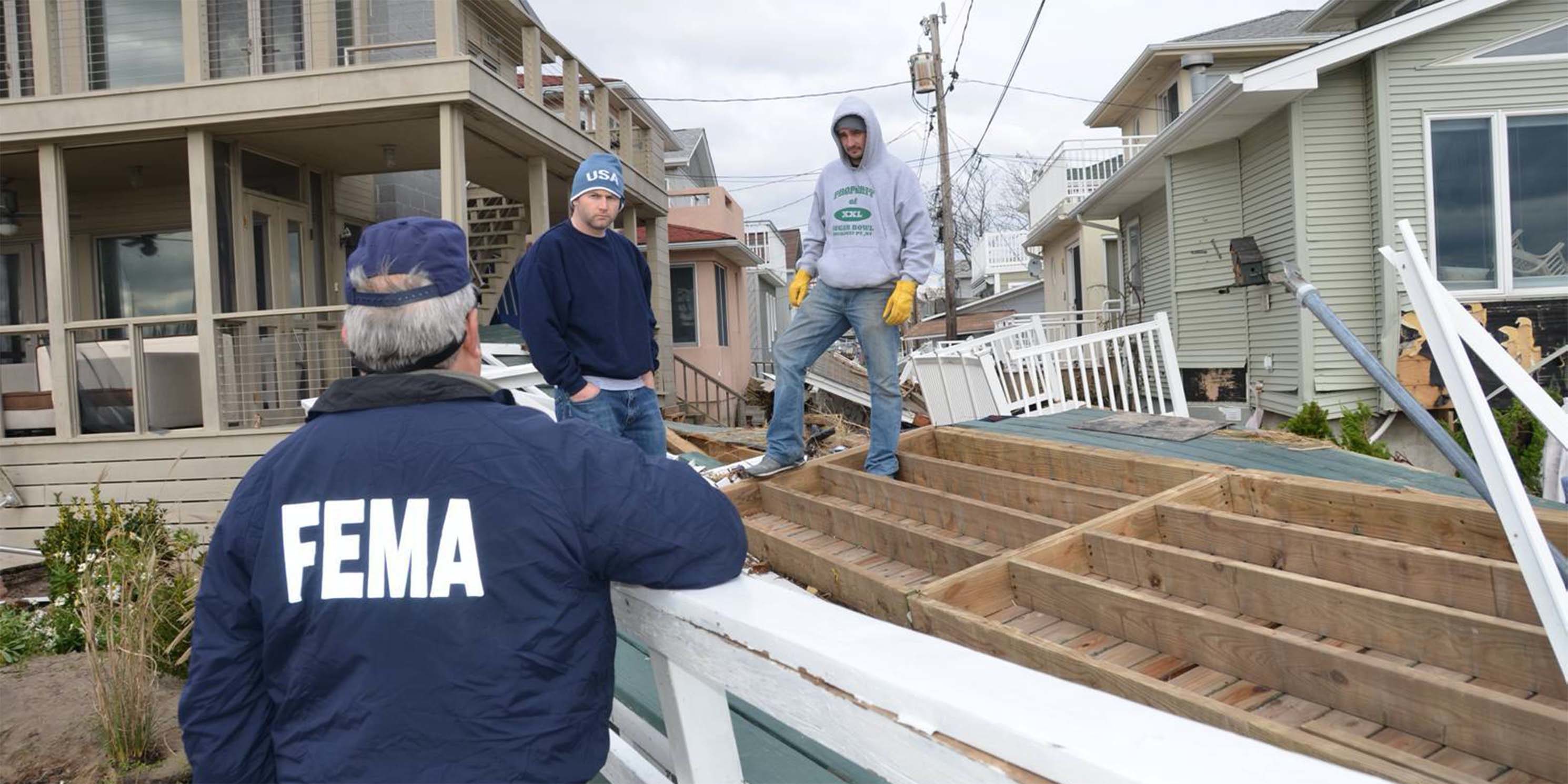
While we think it is wise for DCP to include properties in the 500-year floodplain in this proposal, we do not agree with DCP’s reliance on the New York City Panel on Climate Change’s (NPCC) high-range sea level rise projections for the 2050s—a mere thirty years from now—as the benchmark. In comparison, the Boston Planning & Development Agency, which has introduced its own Coastal Flood Resilience Overlay District for areas of the city in the 100-year floodplain, uses 2070 projections with 40 inches of sea level rise as its standard. We recommend DPC use NPCC projections for the 2080s given the vast scale of potential climate change impacts in New York City, including sea level rise and the previous impacts of Sandy.
In conjunction with ZCFR, the City must begin working with the state and federal governments over the next several years to develop an equitable, voluntary citywide buyout program for properties in vulnerable coastal areas modeled off of the New York State Office of Storm Recovery’s post-Superstorm Sandy program. DCP should also expand upon the areas currently covered by the Special Coastal Risk District to protect homeowners from living in high-risk areas.
Although we support the proposal’s provision prohibiting new or enlarged nursing home facilities within the 100-year floodplain, we agree with other commenters that other new buildings housing vulnerable populations, such as hospitals, be restricted from the floodplain. We also support the recommendation that DCP should require a special permit approval from the CPC for any new building that utilizes this text amendment within special zoning districts, requiring proper notice to and review from relevant community boards and Borough Presidents. Zoning incentives in the amendment should only apply to existing construction, not new construction, since most of the resiliency standards will already be covered by Appendix G of the New York City Building Code. Because of the potential impacts to historic buildings, streetscapes, and view corridors in historic districts, we also agree with Borough President Brewer’s recommendation that DCP require special permit approval from the CPC for any new building within a historic district that utilizes this amendment.
MAS respects the challenge the City faces in meeting long-term resiliency goals in the face of climate change. We also recognize DCP’s efforts in developing a zoning framework that encourages flood resiliency. However, this proposal does not comprehensively address issues interrelated with climate resiliency, such as equity, financing, or a long-term plan for the city’s most vulnerable coastal areas. To that end, we urge DCP to address our comments and truly create a new, comprehensive model for flood resilience.

